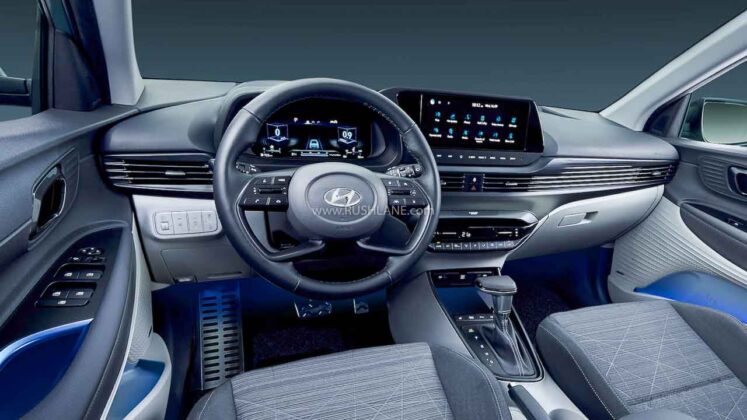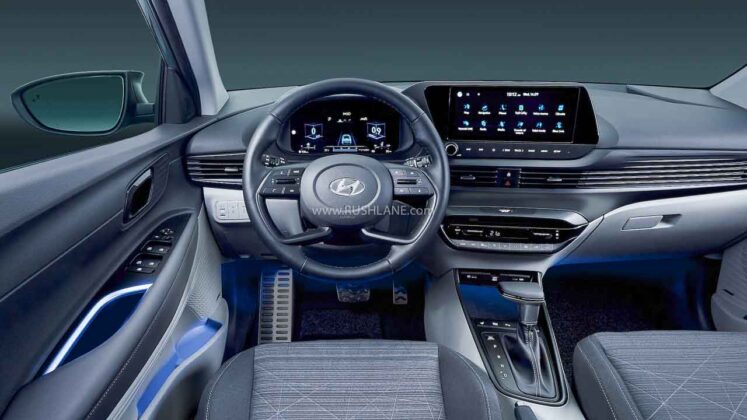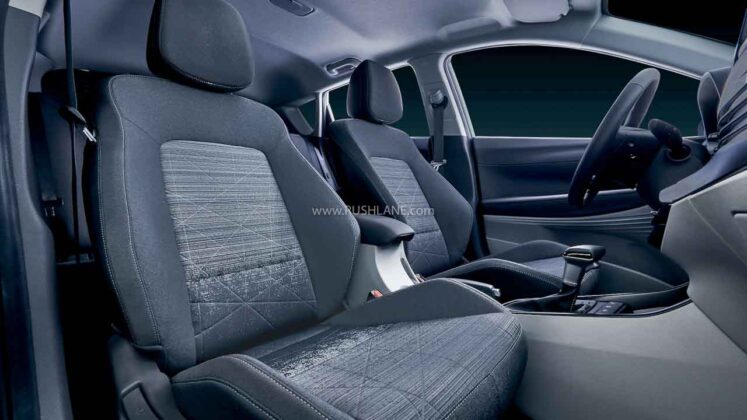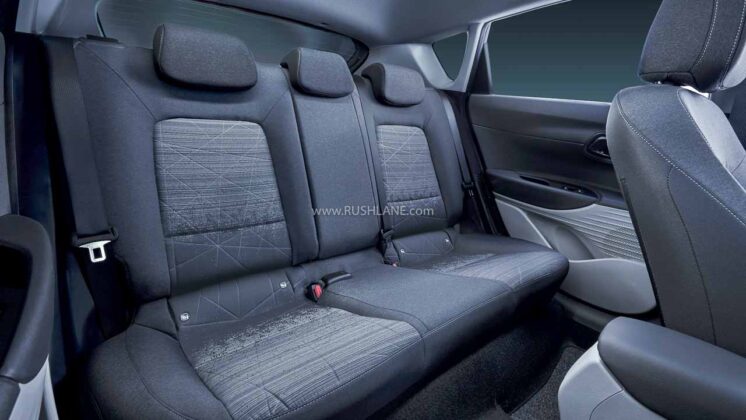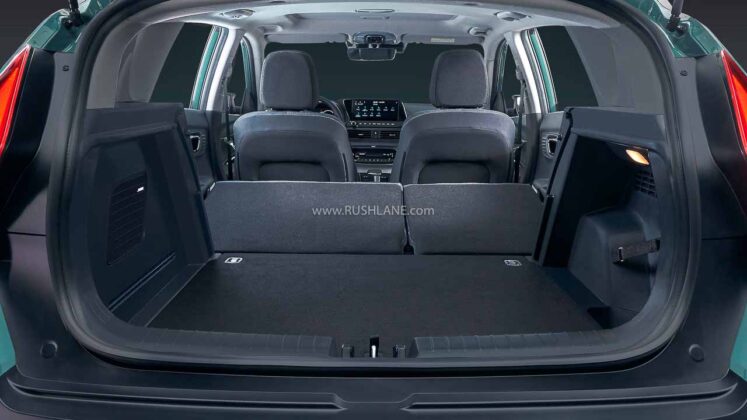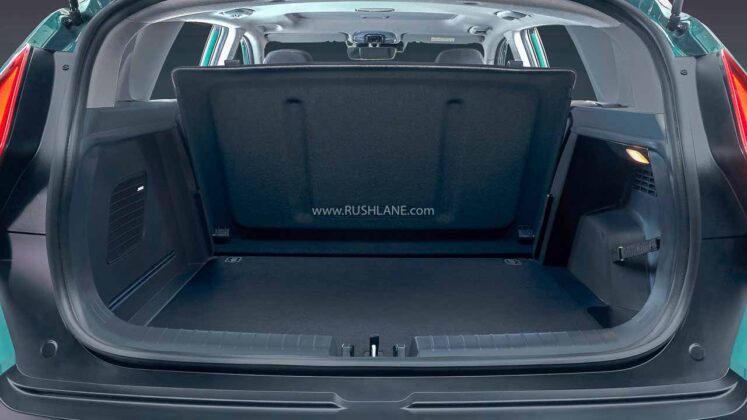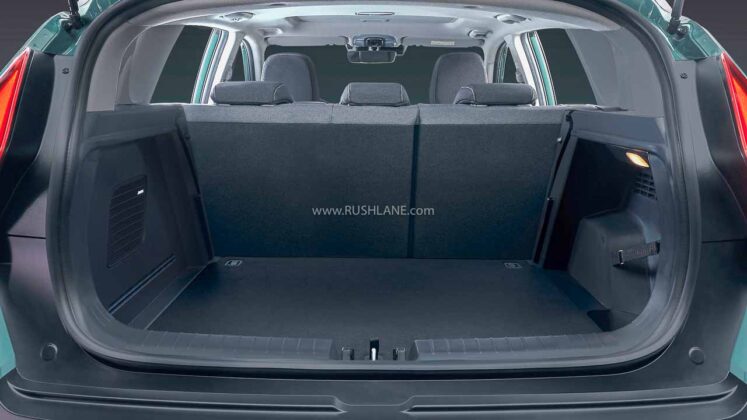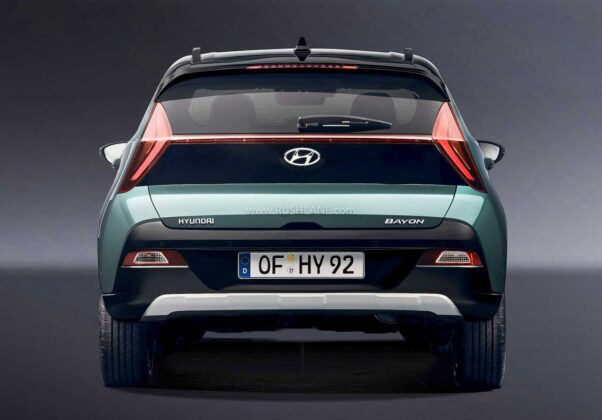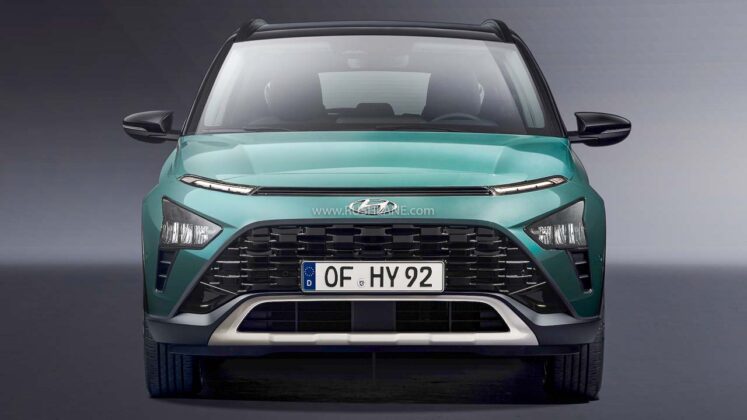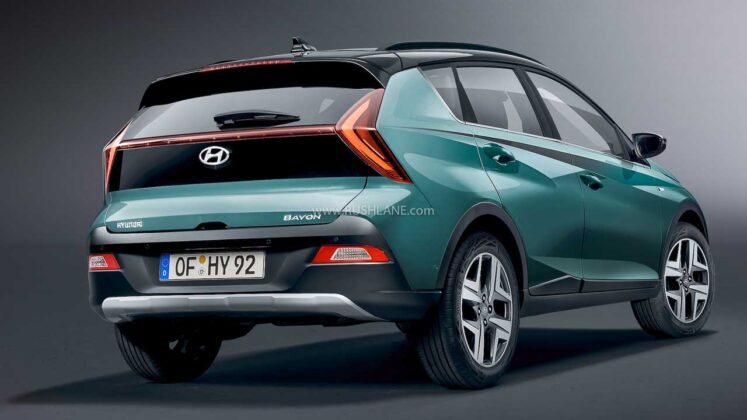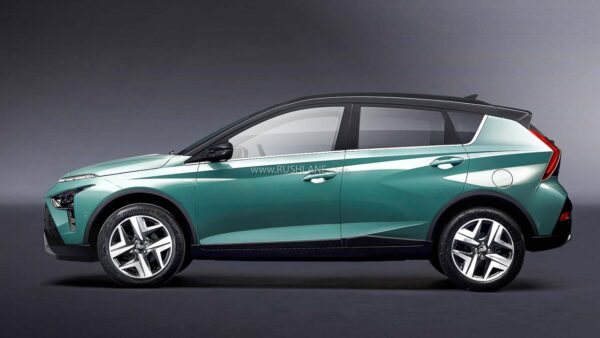
The exterior styling hardly has anything in common with the Hyundai i20 but the interior is identical
The idea of hatchbacks with the so called rough road package was promptly dismissed by the audience who demanded more effort from the automakers if they were to shell out their hard earned money. Such instant crossovers were not just neglected in India but also world over, prompting the OEMs to adopt a more comprehensive approach. The end results are quite interesting. Meet the Hyundai Bayon crossover which succeeds the old i20 Active.
Hyundai Bayon – Design highlights
Teaser images did give us a fair idea on how this new i20-based crossover would look like. Instead of merely adding a few accessories to the existing hatchback and call it a crossover, Hyundai opted to go for a grounds up exterior design with taller stance. While the ride height isn’t drastically taller than its hatchback sibling, the Hyunda Bayon offers a lot of head room, giving the occupants an SUVish feeling.
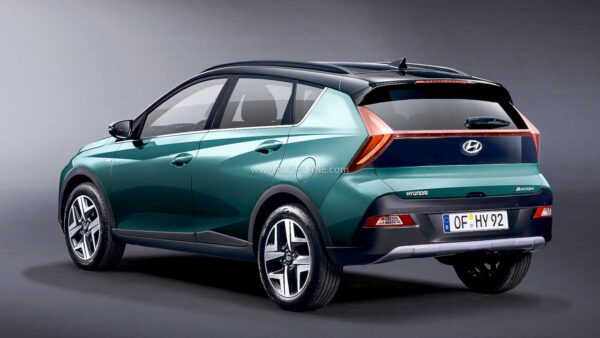
Slotting below the Kona in Hyundai’s European crossover lineup, the Bayon features brand’s latest split headlamp design signature which is supported by a large grille. Silver accented secondary air dam enhances its crossover appeal. The sporty profile is characterized by heavily contoured sheet metal surfaces, a gently arching contrast colored roofline and a wedge shaped rear fascia.
Black plastic rear bumper with silver diffuser, boomerang-shaped taillights with a horizontal LED stripe connecting them round off the exterior design. Overall, the exterior design hardly has anything in common with the donor car and has a proper crossover stance.
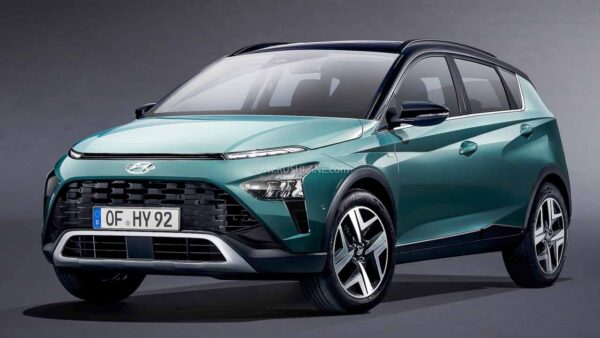
The interior on the other hand is a directly lift off from the i20 hatchback. You get a TFT color instrument display, a wide touchscreen infotainment system, multi-function steering wheel, ambient lighting, dual-tone seat fabric, dual-zone climate control system and so on.
Powertrain
The Hyundai Bayon has Europe as its primary market and is available with a lone 1.0-litre three-cylinder turbocharged petrol engine which exists in two states of tune. The base model has 98 hp and 172 Nm of torque while the range topper adds 20 more hp without augmenting the torque output. In terms of real world performance, there isn’t much difference between the two motors as the 118 hp version is only 0.4 seconds quicker than the other one (10.7) in 0-100 kmph acceleration run.
Both motors are equipped with a 48V mild-hybrid system and come with a standard 6-speed manual transmission. Buyers can also opt for a 7-speed DCT which strangely is a full 1 second slower than its manual counterpart in 0-100 kmph run.
Will it come to India?
The Hyundai i20 platform is heavily localized in India, making the Bayon an easy fit purely in terms of economies of scale and ease of execution. However, from the point of view of market positioning, the Bayon, if launched here, would find itself competing with the Venue without its value proposition. So, we don’t expect the stylish soft crossover to make it to our shores anytime soon.


